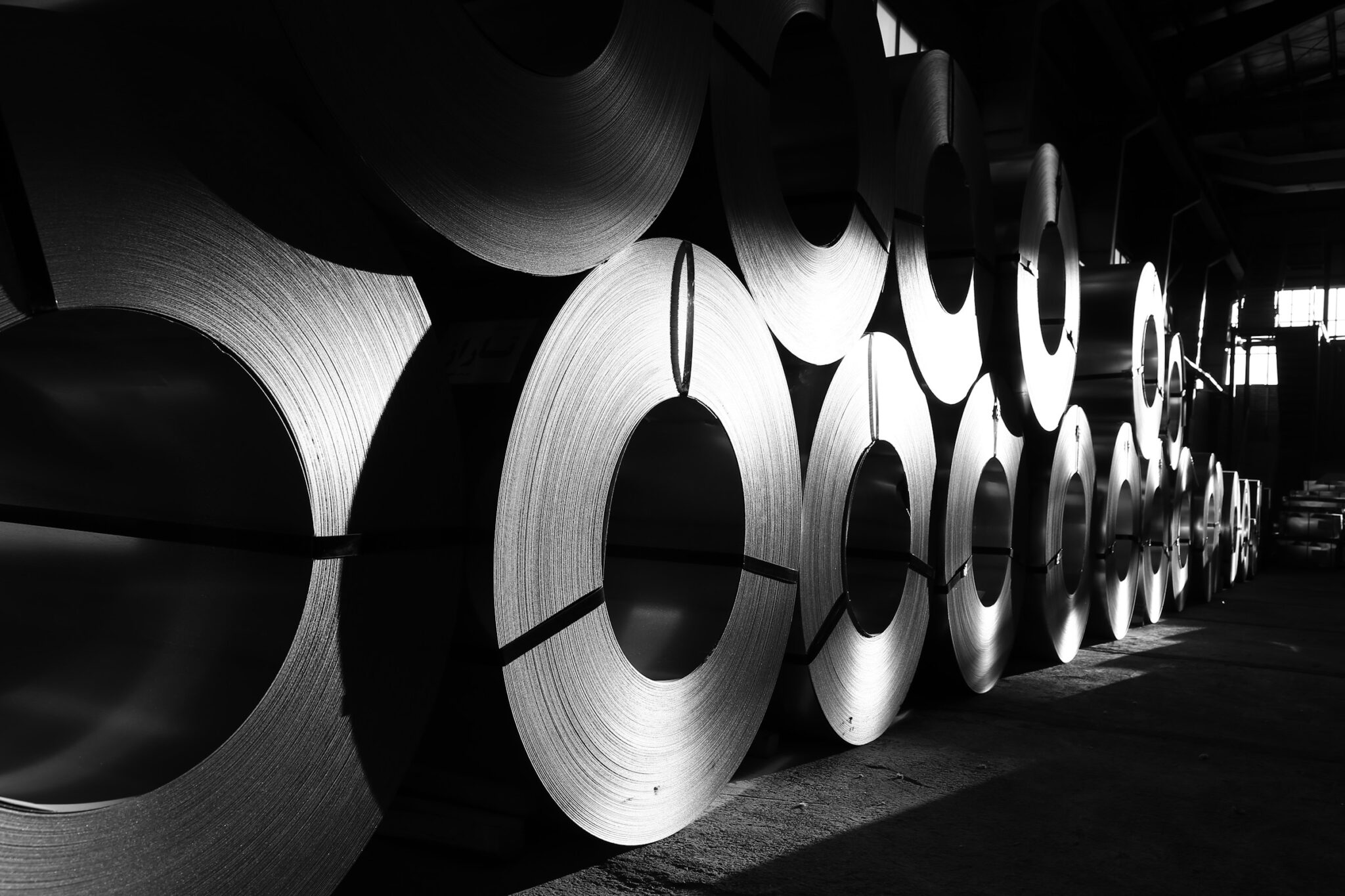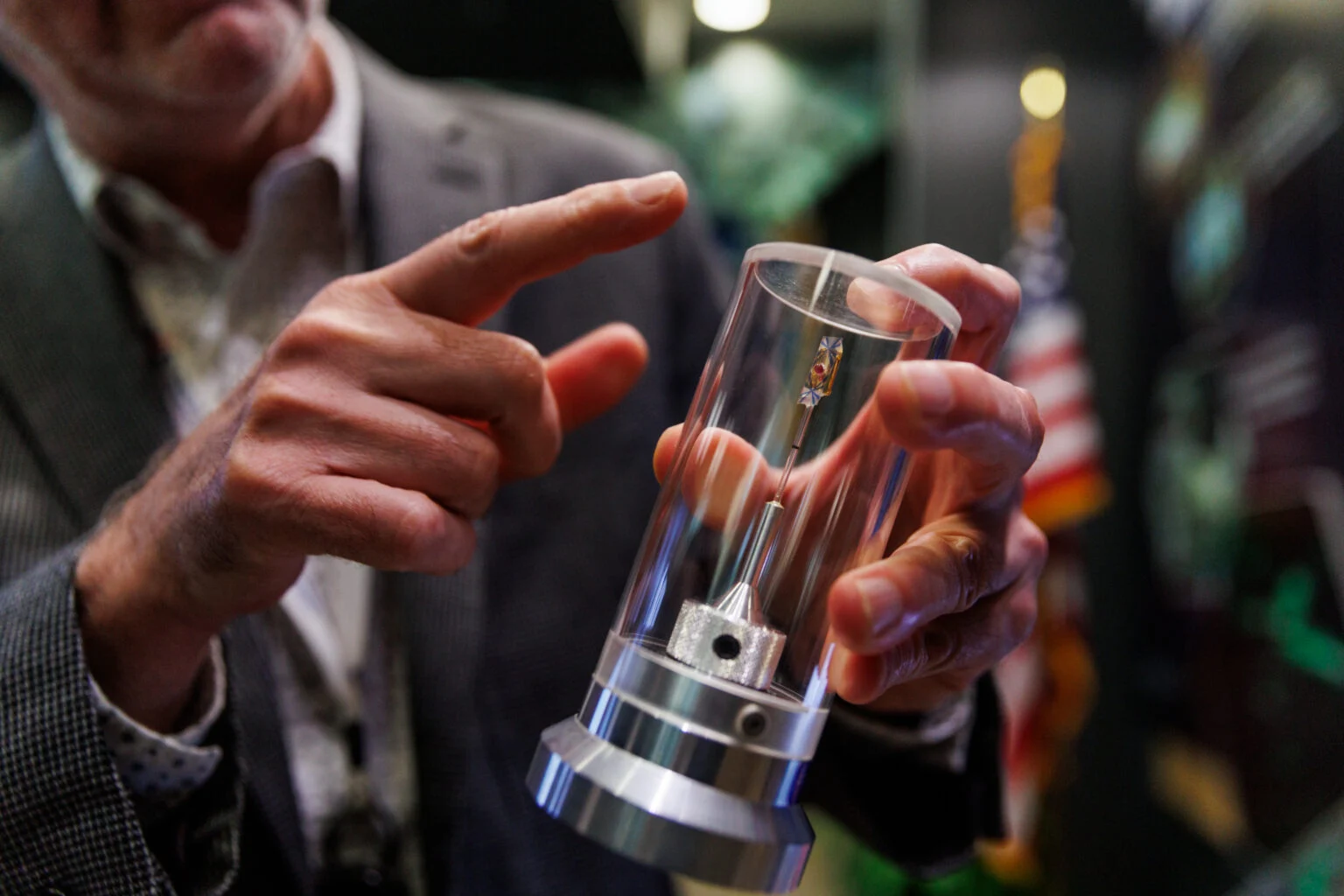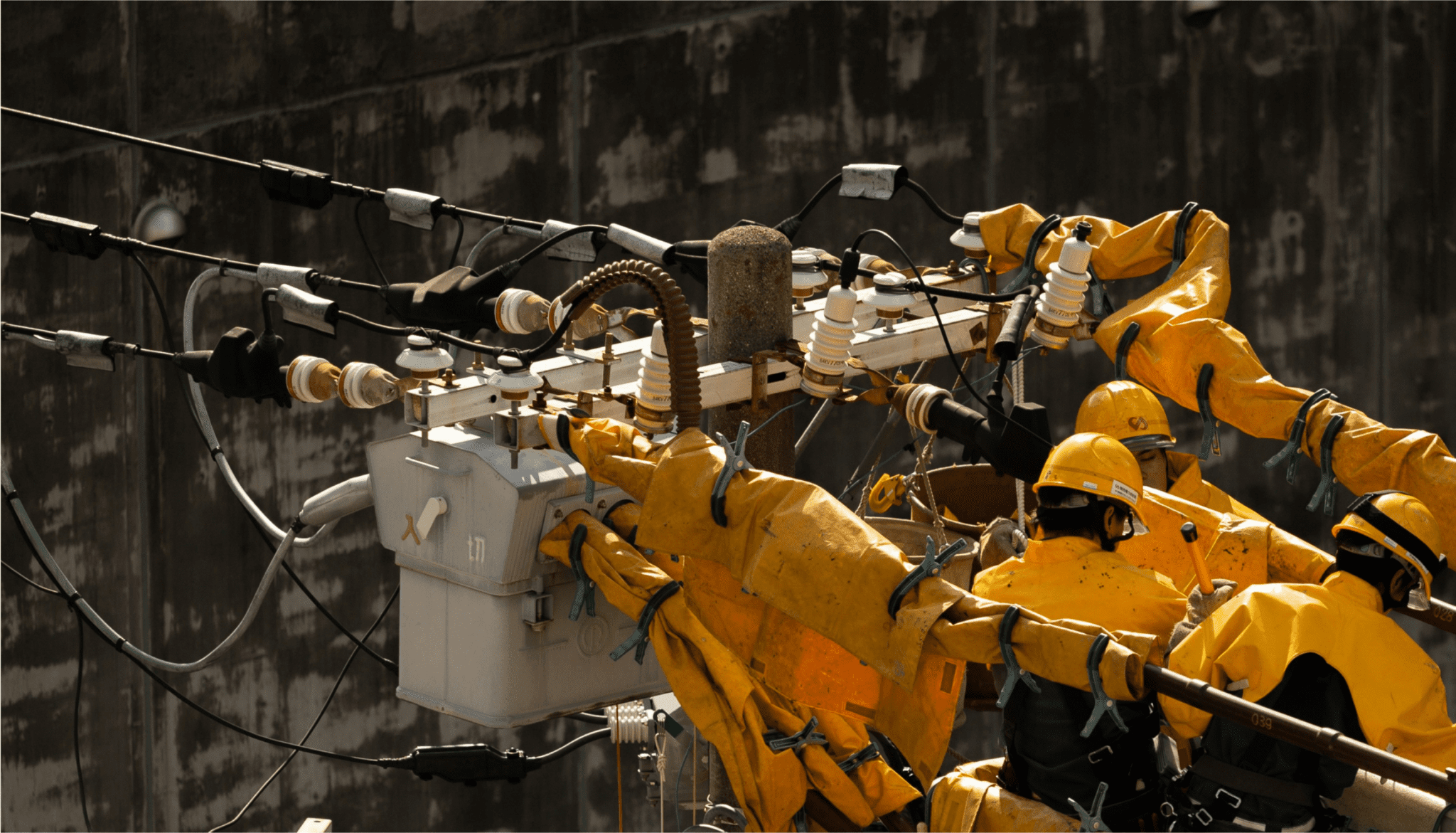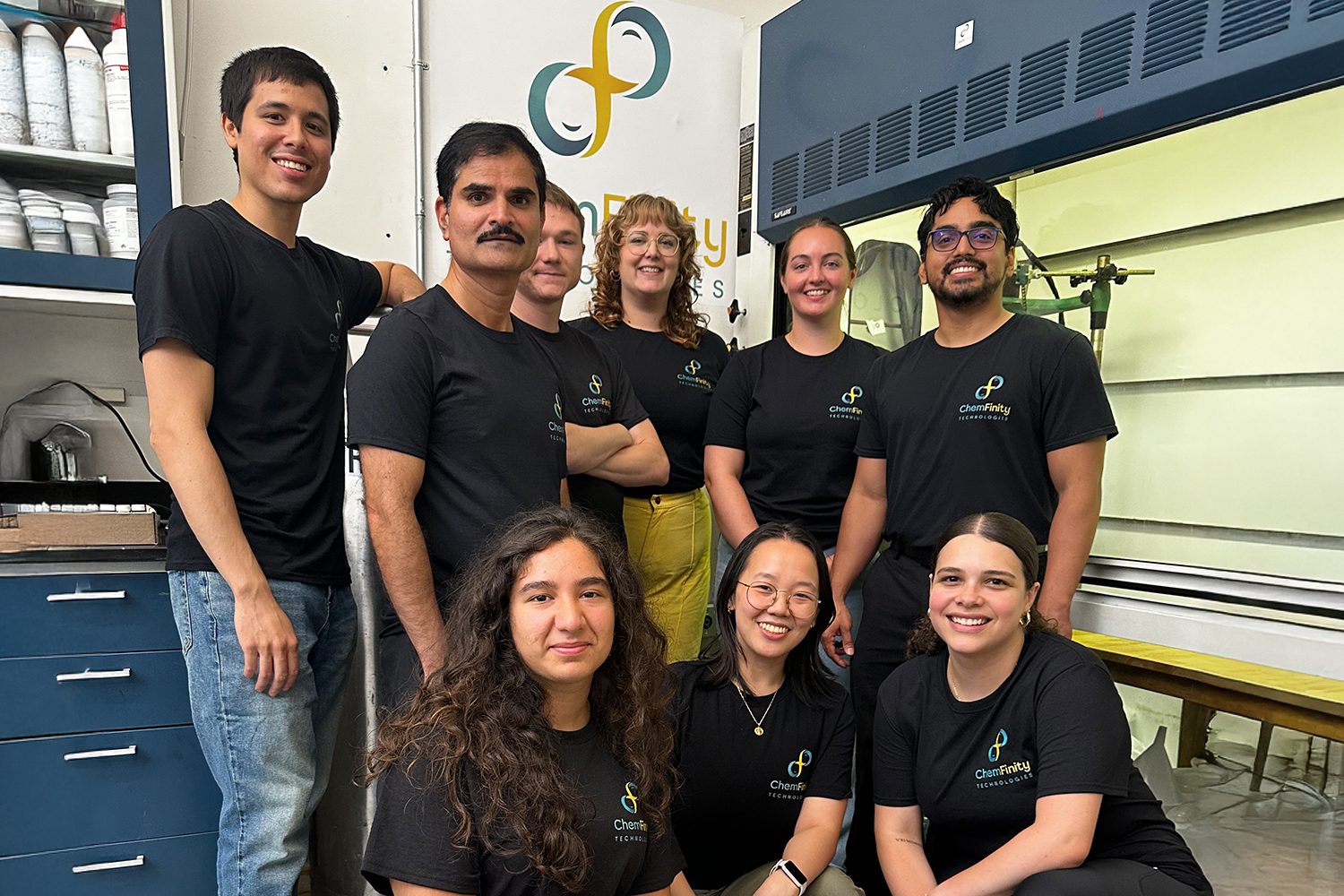Combined with investments made in last year’s Infrastructure Investment and Jobs Act (IIJA), the $369 billion for climate and clean energy in this new legislation will help make clean, affordable energy accessible to more people, secure and diversify our energy mix, and establish new, clean American industries. This legislation will position the United States to meet its climate goals and show critical leadership on the global stage.
Of that $369 billion, roughly half of that funding is dedicated to key emerging and enabling technologies and innovation, such as clean hydrogen, clean jet fuels, energy storage, and decarbonized industrial processes. Breakthrough Energy has spent years advocating for these necessary climate solutions. Tax credits and other federal support will ensure startups and entrepreneurs can rapidly scale clean technologies into widely-available sources of affordable energy.
This legislation would represent a massive leap forward in our transition to a clean energy economy. The $369 billion outlined for federal clean energy investments would accelerate critical climate solutions to achieve our net-zero goals. Breakthrough Energy urges Congress to act swiftly and seize this once-in-a-generation opportunity to create thousands of new jobs, cut energy costs, and secure America’s global leadership position in building a cleaner, healthier, and more prosperous future for all.
Here are five reasons we are excited about this legislation:
- Emerging clean energy technologies finally have a runway to take off. The legislation establishes new credits for nascent technologies that are crucial to decarbonizing the most carbon-intensive sectors of the economy, like sustainable aviation fuels, clean hydrogen, and energy storage. These tax credits will complement R&D investments from the bipartisan infrastructure bill and will reinforce an important virtuous cycle: the faster we bring technologies into the market, the faster we will reduce their cost and deploy more projects. The direct pay option for several of these credits (manufacturing, hydrogen, and direct air capture) will ensure entrepreneurs can access these credits and put shovels in the ground more quickly.
- Ten years of tax credits for clean technologies gives the private sector confidence to build and invest in our new energy future. The previous start-stop cycle of short-term credit extensions for the production tax credit (PTC) and investment tax credit (ITC)—the two forms of tax credits that support clean energy—hampered investor confidence and delayed projects. This historic ten-year framework for the PTC/ITC at full credit value, and the flexibility for developers to choose the credit that works best for them, means more wind and solar will come online faster. And the transition to technology-neutral credits encourages further innovation, allowing future clean energy technologies to thrive. Moreover, the option for increased credit value if projects use American-made materials, pay fair wages, and are located in economically challenged urban or rural communities, will help all Americans experience the benefits of the clean energy transition.
- It makes big investments in building a strong, resilient, clean electric grid of the future. Our current electric grid is outdated and unable to meet our energy needs today, let alone what the future holds. We will only be able achieve 100% clean electricity when we build a 21st century grid with expanded transmission lines to carry new sources of clean electricity across the country. Paired with the grid investments included in the bipartisan infrastructure law, the nearly $3 billion in transmission investments for loan funding, state planning grants, and interregional transmission research will help accelerate building the more than 150,000 gigawatt miles of transmission we’ll need to decarbonize our economy.
- The U.S. will now be able to preserve a huge portion of clean energy generation available today. Nuclear power provides about half of carbon-free electricity in the U.S. With the new long-term, dynamic nuclear PTC included in the bill, we are no longer at risk of losing this source of clean power. Taking these existing nuclear plants offline would result in more fossil generation and would be a major step backwards.
- This legislation will make transformational investments to supercharge decarbonization across the economy. In addition to new and improved incentives to deploy clean energy and clean fuels, this legislation also invests billions to help decarbonize industrial and manufacturing processes, monitor and mitigate methane emissions, conduct more efficient and effective environmental reviews for clean energy projects, secure fuel for advanced clean energy technologies like small modular reactors, rapidly deploy electric vehicles and charging infrastructure across the country, and so much more.
Fundamentally shifting the way we power things, move goods, and build stuff is the most difficult challenge humanity has ever faced. This legislation would be a massive, historic step forward for the United States. Now, it’s critical that Congress pass it into law and send it to the President’s desk for signature.







